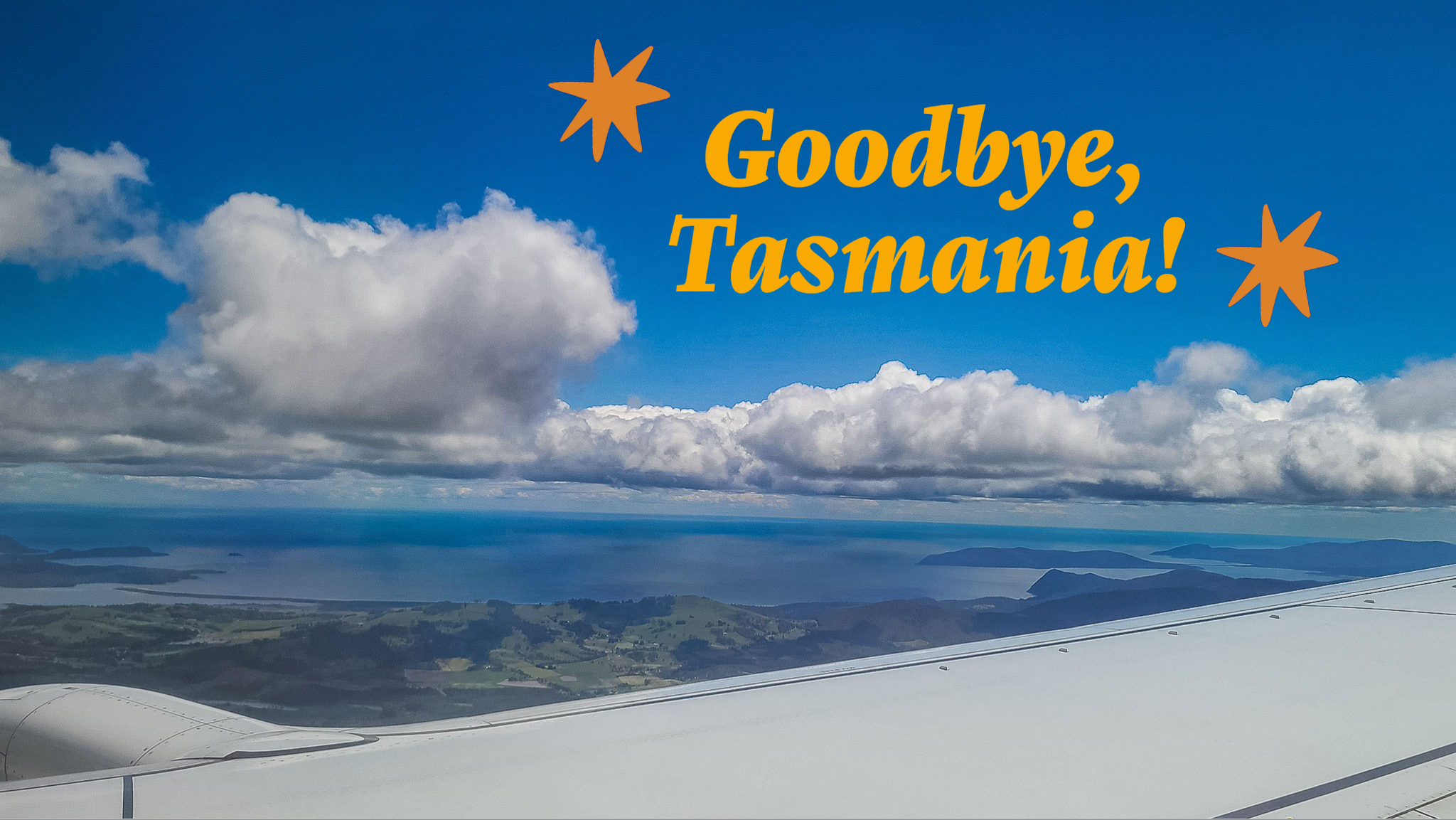
Home » Day 9/Part I – The El Paso Mission Trail, December 27, 2021
Home » Day 9/Part I – The El Paso Mission Trail, December 27, 2021
Today we want to start early enough so we have time to see some of the missions. There are six missions on El Camino Real: three on the US side and three on the Mexico side. The mission were established in Texas and across the Rio Grande were built as a result of the Pueblo Revolt in 1680. The three missions have functioned as the religious and social centers of their communities virtually uninterrupted since their founding in the 17th and 18th centuries.
Driving toward the first mission, Ysleta, we saw Trump border wall made out of steel and barbed wire at the top. We’re sure that people who want to come across the border will go somewhere else around the Rio Grande – and, of course, there are these tunnels we hear about.
The Ysleta mission is only a few miles from our hotel (you can see on the map that the mission is very close to the border) and we’re just about the first tourists to visit the mission. The Ysleta Mission is recognized as the oldest continuously operated parish in the State of Texas. Over the next two centuries the mission was relocated several times due to flooding of the Rio Grande.
The architecture of the Ysleta mission is quite interesting due to its partial facade and its silver bell dome. Of the three missions we saw, it is the one that is the best maintained.
The Ysleta Mission, founded in 1682, was built by the Tigua Indians and resides in the heart of the Tigua Indian community. The Tigua Indians have always been faithful to San Antonio (Saint Anthony), the original patron saint of Isleta Pueblo (the mother pueblo situated near modern-day Albuquerque). The mission has had many names through the centuries, but the Tigua have always recognized San Antonio. Today, the Tigua people continue to be closely associated with the church and observe traditional holidays at the Mission with dancing, drumming and chanting.
The second mission is Socorro very close to Ysleta. Socorro was founded in 1682 by the Franciscan order to serve displaced Spanish families and American Indians who fled New Mexico during the 1680 Pueblo Revolt. The interior of the mission is very unique, blending American Indian symbolism with Roman Catholic icons.
The finely painted and decorated beams, or vigas, are from the 18th-century mission and were reused when the present church was constructed. The massing, details and use of decorative elements of the Socorro Mission show strong relationships to the building traditions of 17th-century Spanish New Mexico.
San Elizario is the third mission on our short journey on the El Camino Real. In reality, San Elizario marks the start of the northbound trail of the El Camino Real in the U.S. as it moves across the Rio Grande out of Mexico.
In 1788, the site was chosen to establish a military stronghold on New Spain’s western frontier. Soldiers occupied the new presidio to defend area residents and El Camino Real caravans from Apaches. Like the fort it replaced, the presidio was named in honor of San Elzear, the French patron saint of soldiers.
U.S. troops were assigned to the presidio in 1850 and during the Civil War volunteers from California were stationed there to prevent a reoccupation of the area by Confederate forces. The one-story chapel is built in the traditional Spanish Mission style.
It is the mission that needs the most work in particular painting on the outside. The church is one of the late examples of the adobe architecture in West Texas and reflects European influences on the Spanish Colonial style.
The three missions were destroyed during the Rio Grande flooding and had to be rebuilt. This short tour on El Camino Real gave us an interesting glimpse into the history of the Southwest of the United States, so different from the rest of the country.
I wish we could visit the other missions on the other side of the Rio Grande Time, but not possible due to Covid and not enough time. We were now only a couple of hours away from catching our train for New Orleans.
It was really nice though that we had just enough time to see some sites around El Paso.

© 2022 Voyage bien. All Rights Reserved
Website development – Profit Web Ideas